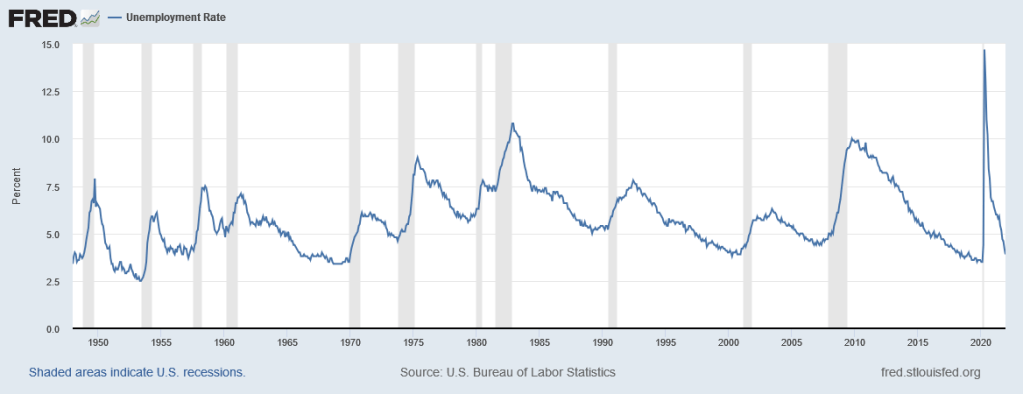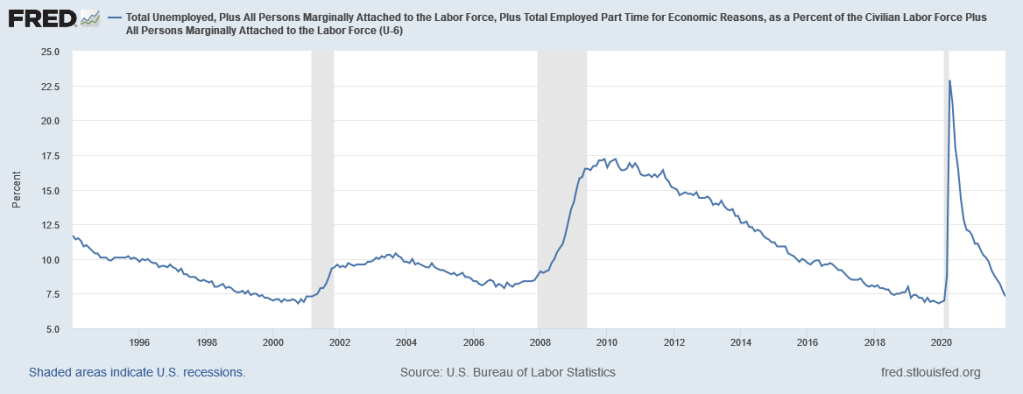Jan 30 JDN 2459620
It started out as a neat idea, though very much a solution in search of a problem. Using encryption, could we decentralize currency and eliminate the need for a central bank?
Well, it’s been a few years now, and we have now seen how well that went. Bitcoin recently crashed, but it has always been astonishingly volatile. As a speculative asset, such volatility is often tolerable—for many, even profitable. But as a currency, it is completely unbearable. People need to know that their money will be a store of value and a medium of exchange—and something that changes price one minute to the next is neither.
Some of cryptocurrency’s failures have been hilarious, like the ill-fated island called [yes, really] “Cryptoland”, which crashed and burned when they couldn’t find any investors to help them buy the island.
Others have been darkly comic, but tragic in their human consequences. Chief among these was the failed attempt by El Salvador to make Bitcoin an official currency.
At the time, President Bukele justified it by an economically baffling argument: Total value of all Bitcoin in the world is $680 billion, therefore if even 1% gets invested in El Salvador, GDP will increase by $6.8 billion, which is 25%!
First of all, that would only happen if 1% of all Bitcoin were invested in El Salvador each year—otherwise you’re looking at a one-time injection of money, not an increase in GDP.
But more importantly, this is like saying that the total US dollar supply is $6 trillion, (that’s physically cash; the actual money supply is considerably larger) so maybe by dollarizing your economy you can get 1% of that—$60 billion, baby! No, that’s not how any of this works. Dollarizing could still be a good idea (though it didn’t go all that well in El Salvador), but it won’t give you some kind of share in the US economy. You can’t collect dividends on US GDP.
It’s actually good how El Salvador’s experiment in bitcoin failed: Nobody bought into it in the first place. They couldn’t convince people to buy government assets that were backed by Bitcoin (perhaps because the assets were a strictly worse deal than just, er, buying Bitcoin). So the human cost of this idiotic experiment should be relatively minimal: It’s not like people are losing their homes over this.
That is, unless President Bukele doubles down, which he now appears to be doing. Even people who are big fans of cryptocurrency are unimpressed with El Salvador’s approach to it.
It would be one thing if there were some stable cryptocurrency that one could try pegging one’s national currency to, but there isn’t. Even so-called stablecoins are generally pegged to… regular currencies, typically the US dollar but also sometimes the Euro or a few other currencies. (I’ve seen the Australian Dollar and the Swiss Franc, but oddly enough, not the Pound Sterling.)
Or a country could try issuing its own cryptocurrency, as an all-digital currency instead of one that is partly paper. It’s not totally clear to me what advantages this would have over the current system (in which most of the money supply is bank deposits, i.e. already digital), but it would at least preserve the key advantage of having a central bank that can regulate your money supply.
But no, President Bukele decided to take an already-existing cryptocurrency, backed by nothing but the whims of the market, and make it legal tender. Somehow he missed the fact that a currency which rises and falls by 10% in a single day is generally considered bad.
Why? Is he just an idiot? I mean, maybe, though Bukele’s approval rating is astonishingly high. (And El Salvador is… mostly democratic. Unlike, say, Putin’s, I think these approval ratings are basically real.) But that’s not the only reason. My guess is that he was gripped by the same FOMO that has gripped everyone else who evangelizes for Bitcoin. The allure of easy money is often irresistible.
Consider President Bukele’s position. You’re governing a poor, war-torn country which has had economic problems of various types since its founding. When the national currency collapsed a generation ago, the country was put on the US dollar, but that didn’t solve the problem. So you’re looking for a better solution to the monetary doldrums your country has been in for decades.
You hear about a fancy new monetary technology, “cryptocurrency”, which has all the tech people really excited and seems to be making tons of money. You don’t understand a thing about it—hardly anyone seems to, in fact—but you know that people with a lot of insider knowledge of technology and finance are really invested in it, so it seems like there must be something good here. So, you decide to launch a program that will convert your country’s currency from the US dollar to one of these new cryptocurrencies—and you pick the most famous one, which is also extremely valuable, Bitcoin.
Could cryptocurrencies be the future of money, you wonder? Could this be the way to save your country’s economy?
Despite all the evidence that had already accumulated that cryptocurrency wasn’t working, I can understand why Bukele would be tempted by that dream. Just as we’d all like to get free money without having to work, he wanted to save his country’s economy without having to implement costly and unpopular reforms.
But there is no easy money. Not really. Some people get lucky; but they ultimately benefit from other people’s hard work.
The lesson here is deeper than cryptocurrency. Yes, clearly, it was a dumb idea to try to make Bitcoin a national currency, and it will get even dumber if Bukele really does double down on it. But more than that, we must all resist the lure of easy money. If it sounds too good to be true, it probably is.








